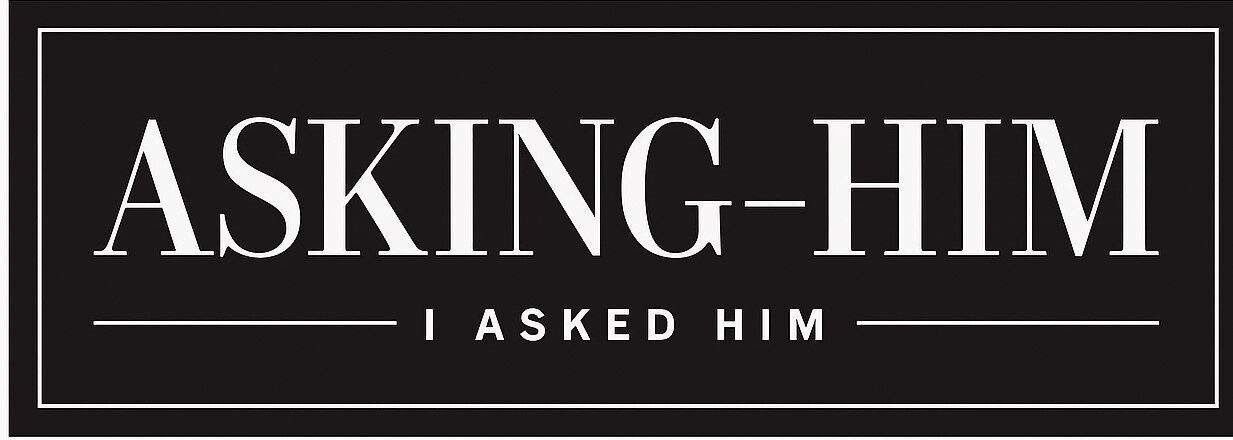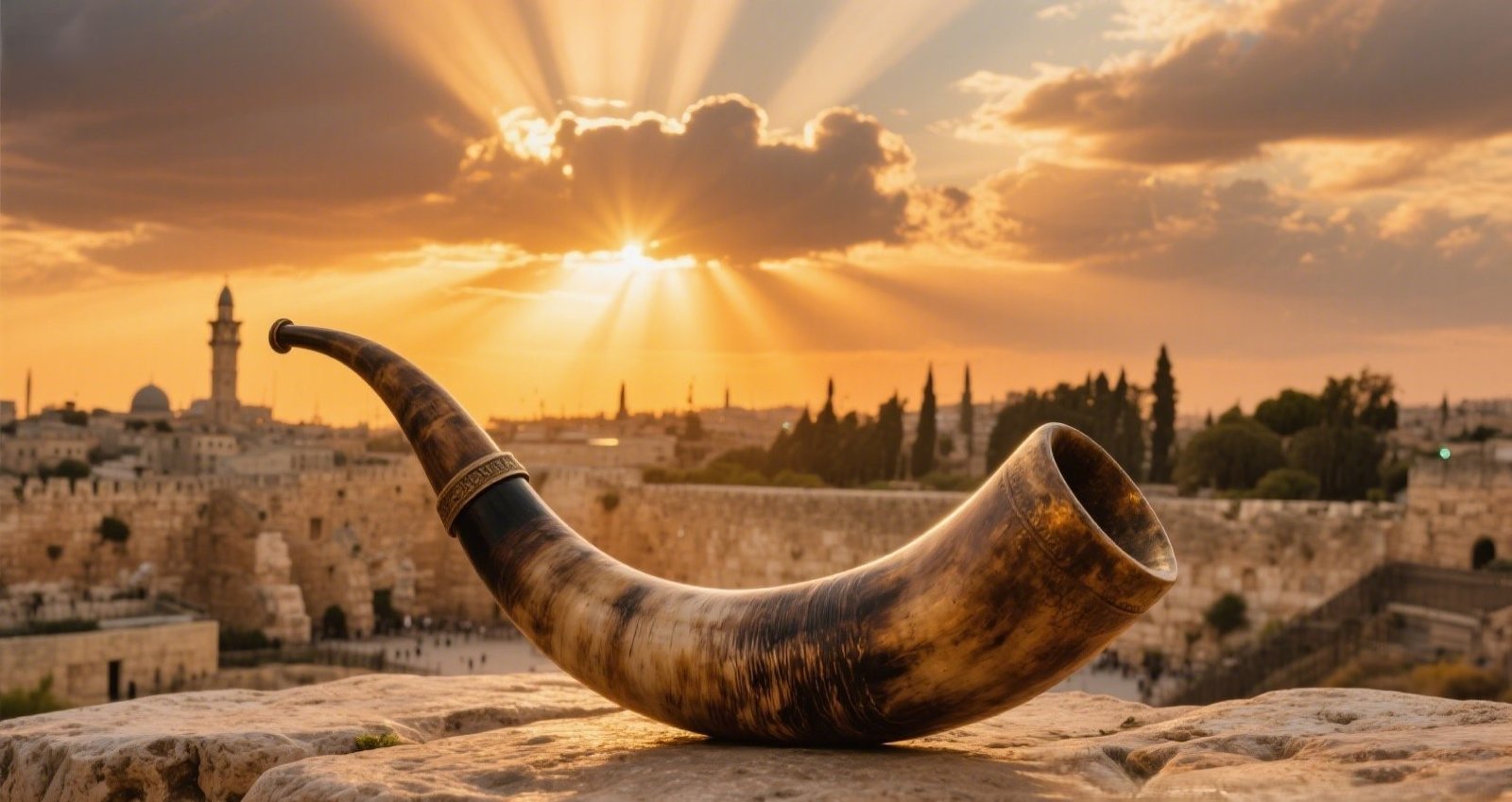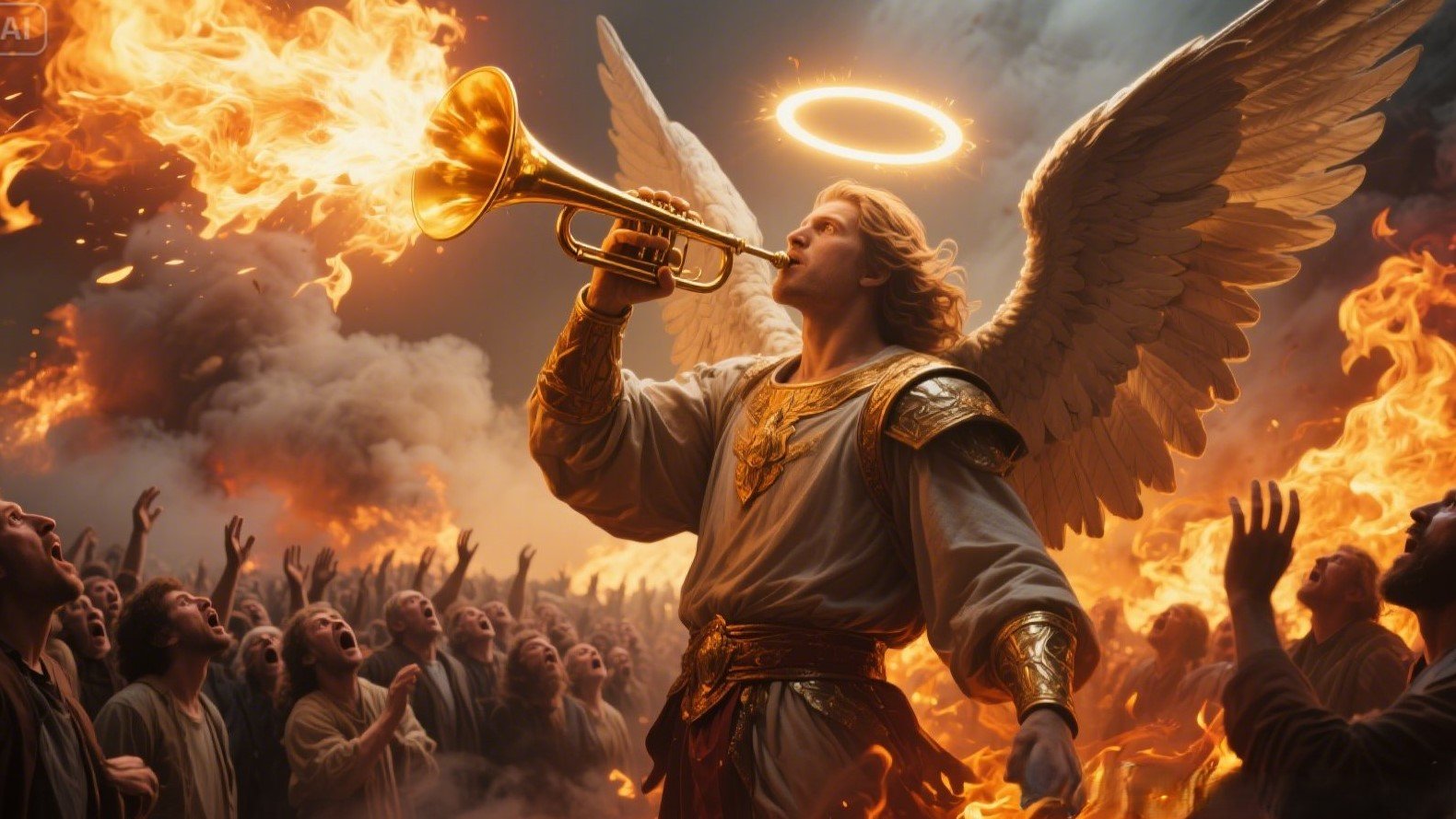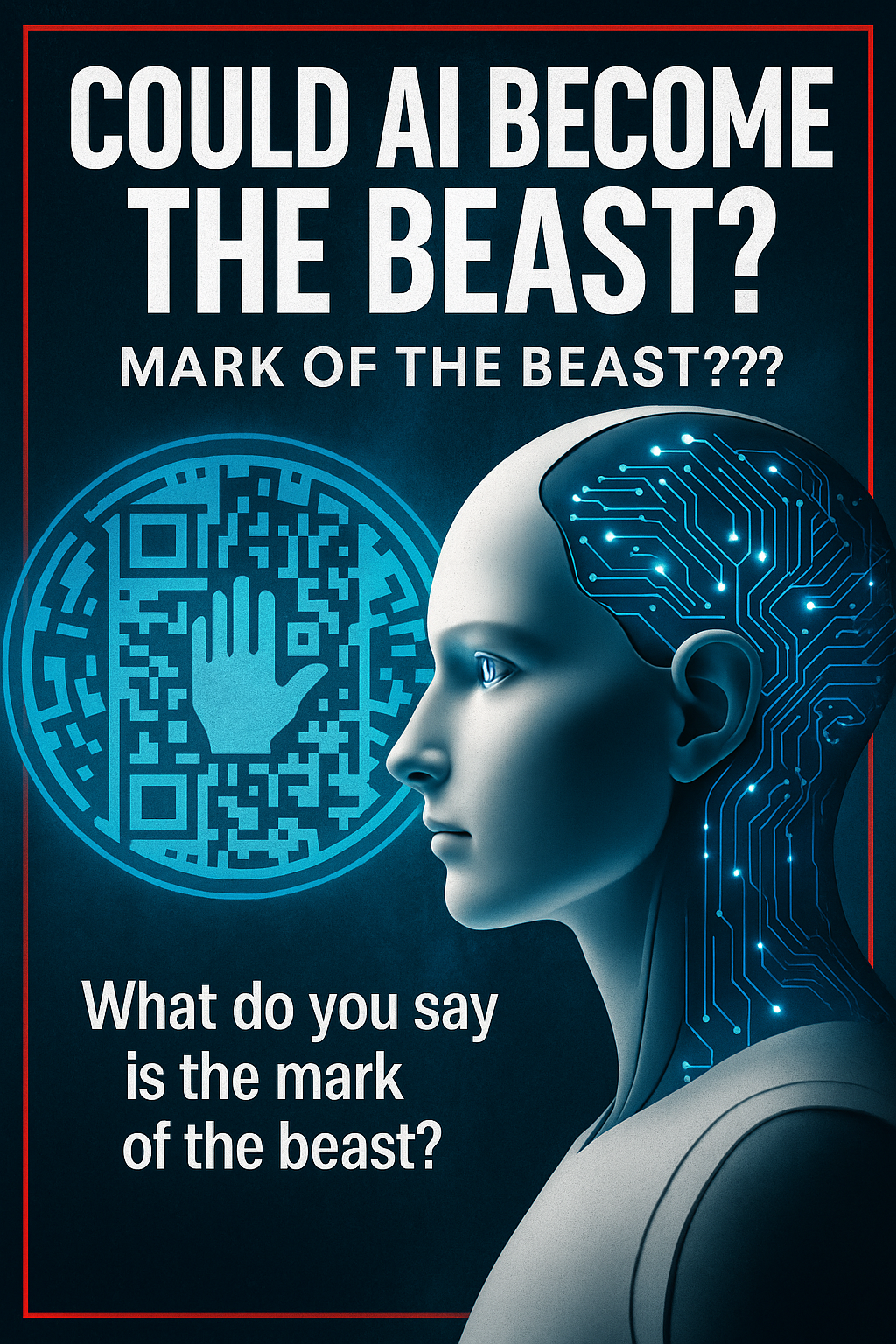
What Is the Mark of the Beast and Why Does It Matter?
The Mark of the Beast isn’t just a symbol of evil. It’s a final test of loyalty. In Revelation 13:16–18, we read:
“And he causeth all, both small and great, rich and poor, free and bond, to receive a mark in their right hand, or in their foreheads: And that no man might buy or sell, save he that had the mark…”
This is not fantasy. This is Scripture. The mark is about ownership, allegiance, and identity. And in today’s rapidly evolving world of AI, global tracking, and digital currency, many are asking: could technology play a role?
The Beast isn’t just a creature of chaos. It represents a system of control. To understand the mark, we must first understand the one behind it.
Who Is the Beast in Revelation 13?
Revelation 13 introduces two beasts:
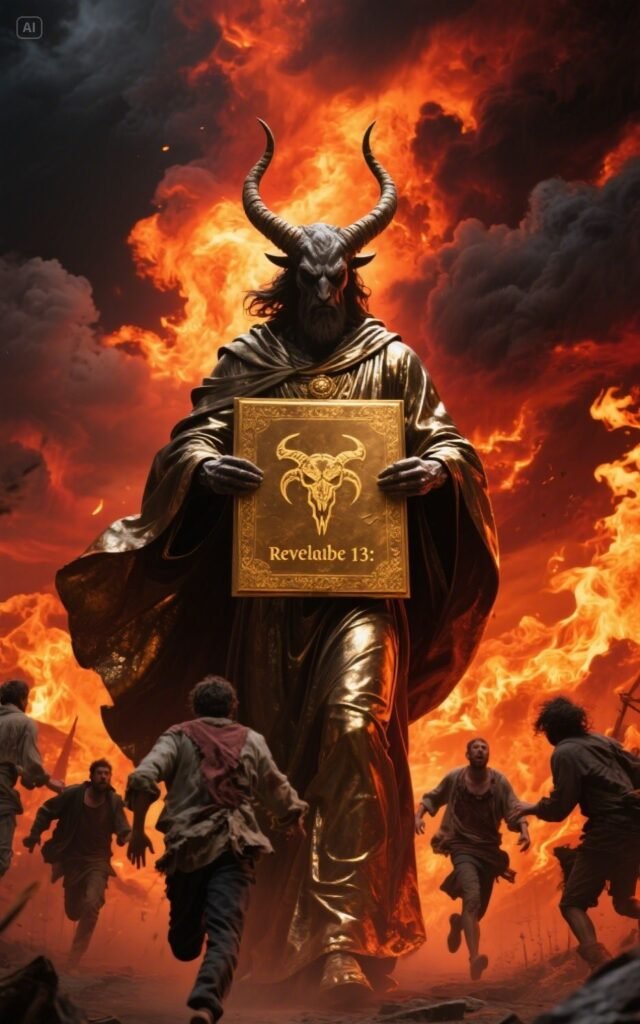
- The First Beast rises from the sea. It has power, authority, and influence over nations. This is widely interpreted as a political or global power structure (Revelation 13:1–10).
- The Second Beast rises from the earth. It looks like a lamb but speaks like a dragon. It performs miracles, deceives the world, and forces people to worship the first beast. This is the false prophet (Revelation 13:11–18).
These two forces operate together. One leads through government. The other through false religion or counterfeit spirituality.
And their goal? To claim full allegiance. To mimic God. To replace Christ.
What Could the Mark Be? Symbol or Technology?
While some scholars believe the mark is purely symbolic—representing loyalty to the Antichrist—others believe it could involve real-world technology:
- A subdermal RFID chip
- A digital ID program
- Biometric surveillance
- A global cryptocurrency system
All of these have been proposed as ways to fulfill the mark’s conditions: control over commerce, access, and identity.
The real question is not just “what is it?” but who owns you?
What Does It Mean to Be Marked by God?
Before there was a mark of the beast, there was a seal of God. Revelation 7 speaks of God’s servants being sealed on their foreheads. This mark signifies protection, belonging, and covenant.
So this isn’t just about technology. It’s a battle of marks:
- The beast marks those who follow him.
- God seals those who remain faithful.
The forehead represents your thoughts. The hand represents your actions. In the end, it comes down to: Who controls your mind and your hands? God? Or a counterfeit?
Could AI Be Used by the Beast?
AI is not inherently evil. But what if it’s weaponized? Revelation 13:15 tells us the second beast gives life to an image, and the image begins to speak.
Could this “speaking image” resemble AI avatars, deepfakes, or even interactive holograms?
Imagine a false prophet creating digital miracles that captivate the world. Healing through AI? Deliverance through tech? Visions through virtual worlds? If people start worshiping the machine, then yes—we’re on dangerous ground.
What Is the Purpose of This Warning?
The book of Revelation is not there to scare you. It’s a love letter. It tells us how the story ends so we don’t fall into the wrong plot. The warning exists so we can:
- Wake up
- Stay alert
- Grow deeper in relationship with Jesus
- Recognize the counterfeit when it comes
How Can You Stay Faithful in a Technological World?
- Know the Word of God
- Stay in prayer and fasting
- Don’t chase signs and wonders blindly
- Discern the spirits (1 John 4:1)
- Be ready to live outside the system if necessary
Final Thoughts: Don’t Worship the Beast
AI isn’t the enemy. Worship of it is. The mark is not just about chips or scanners. It’s about who owns your worship.
Who owns your mind?
Who owns your loyalty?
Who do you trust when truth is hard to find?
The final miracle may not come from heaven. It may rise from hell, cloaked in light. But God’s people know His voice. And those who endure to the end shall be saved (Matthew 24:13).
Are you marked by the world? Or sealed by the Spirit?
Come out of her, My people. (Revelation 18:4) This is not just prophecy. It’s a call to holiness. To love truth. To live differently. To follow the Lamb—not the beast.
